
Lighting, just like filtration and heating, is an essential component of aquarium keeping. There are many lights available on the market but only a small percentage are appropriate for photosynthetic reef tank inhabitants or freshwater aquatic plants. Photosynthetic sensitive species use light to create energy for proper health and growth. What the human eye desires and what freshwater plants and reef inhabitants need for photosynthesis presents a dichotomy. After years of hands-on experience, I have concluded there is no magic light that will guarantee a beautiful underwater planted garden or thriving reef tank. Finding the correct lighting is often a process of trial and error.
There are two common methods for calculating the proper lighting for an aquarium:1. The archaic Watts per gallon (WPG) method. WPG is a crude 'rule of thumb' primarily used for growing freshwater aquatic plants. One problem with the WPG method is tank depth. Deep tanks almost always need more light because the intensity diminishes with depth. Furthermore, the WPG method does not allow for comparison of lighting types with differing wavelengths, lumens per watts, spotlight or diffused lumens. WPG does not consider the reflection factor of dark verses bright substrate and clean verses algae coated glass.
To calculate WPG, divide the wattage of the entire lighting system and divide by the number of aquarium gallons. For example, a 20-gallon aquarium illuminated by two 20-watt lights (40 total watts of light) which equates to 2 WPG. Low light plants such as Anubias barteri will thrive illuminated by a mere 1.5 WPG. Plants demanding very bright lighting such as Rotala macrandra or Ludwigia glandulosa might require 3 to 4 WPG. High technology planted aquariums which include the injection of Carbon Dioxide (CO2) into the water and the regular addition of other nutrients require intense lighting, upwards of 4+ WPG, in order to maintain a delicate balance.
A common myth is to compensate for inadequate lighting by lengthening the photoperiod hours the lights are run per day. This is like a slow competitive swimmer continuing to swim for two extra laps past the finish line trying to win the race. Required intensity can never be compensated by burning the lights longer than 10 to 12 hours per day. I only mention WPG method because it is still so commonly used, but not recommended.
3. Photosynthetically Usable Radiation (PUR). PUR measures the useful light energy that is actually used by plants and zooanthellae to stimulate photosynthesis. Spectrograms provided by lighting manufacturers are normally used to determine the PUR of a given light. The spectrogram gives specific wavelength information within the PAR's 400 to 700 nm range. In summary, PUR is the utilizable portion of PAR. A PUR spectrogram coupled with readings from a PAR meter provide the aquarist with a reasonably good picture of the lighting system’s capability.
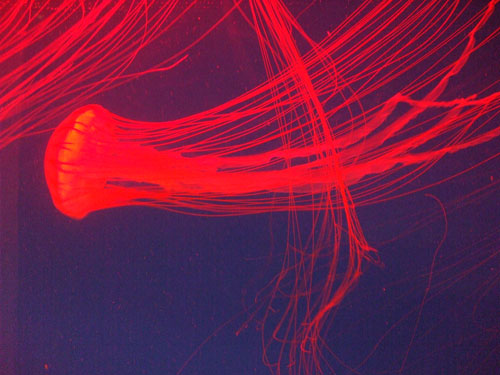
Determining the type and intensity of lighting needed is directly linked to the species kept and their positioning in the tank. Lighting does not need to be evenly distributed across the tank unless you intend to only keep species with the same needs on a flat, two-dimensional surface. I have never seen a perfectly even distribution of sunlight when diving on the reefs. There are always areas of intense brightness and dimmer areas. Additionally in nature, the requirements of corals greatly vary due to the different depths and water conditions. Each reef tank or freshwater planted tank is different and requires unique lighting. If you are a beginner, please seek the assistance of a professional aquarist at a competent local fish store or a local aquarium club to determine the lighting needs of your aquarium prior to purchasing your tank species.
So far, we have only discussed lighting to help keep your inhabitants alive. An additional aspect, called accent illumination, can be used to create any number of interesting lighting effects. For example, combinations of Metal Halide and blue LED's make an eerie scene that can significantly enhance the coloration of Acropora corals. Accent lighting should be installed after the critical lighting needs of the tanks inhabitants have been met. Accent lighting might make the colors of the fish and corals 'pop' but could also be sorely inadequate for photosynthesis.
Enjoy your aquarium!
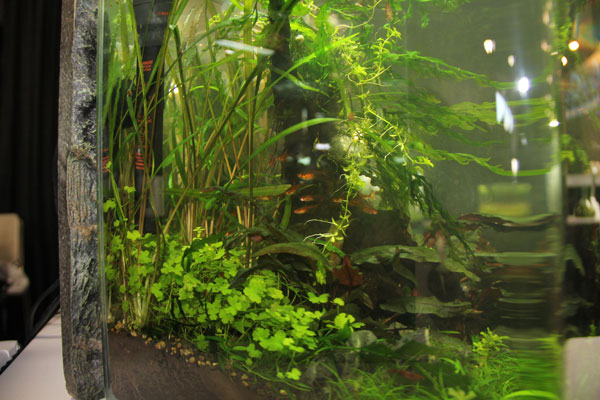 Innovations in the Aquarium Hobby
Fishkeeping has experienced a lot of progress throughout the
Innovations in the Aquarium Hobby
Fishkeeping has experienced a lot of progress throughout the
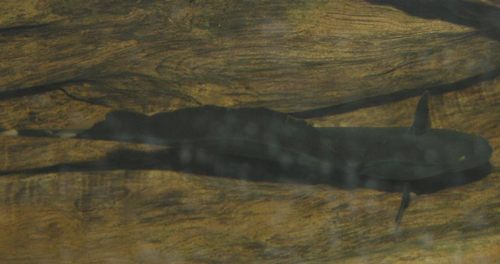 Choosing a Knifefish For Your Aquarium
The array of adaptations that have evolved in fish has resul
Choosing a Knifefish For Your Aquarium
The array of adaptations that have evolved in fish has resul
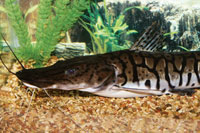 Shovelnose Catfish
Click image to enlargeShovelnose catfish.
Q. One of the w
Shovelnose Catfish
Click image to enlargeShovelnose catfish.
Q. One of the w
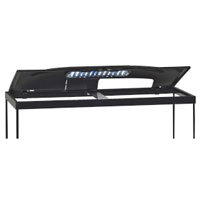 Time To Upgrade Your Aquarium Lights?
Several years ago, a new type of light fixture first appeare
Time To Upgrade Your Aquarium Lights?
Several years ago, a new type of light fixture first appeare
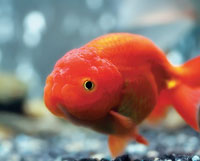 Finding Fancy Goldfish
Trying to find nice fancy goldfish like this in stores c
Finding Fancy Goldfish
Trying to find nice fancy goldfish like this in stores c
Copyright © 2005-2016 Pet Information All Rights Reserved
Contact us: www162date@outlook.com